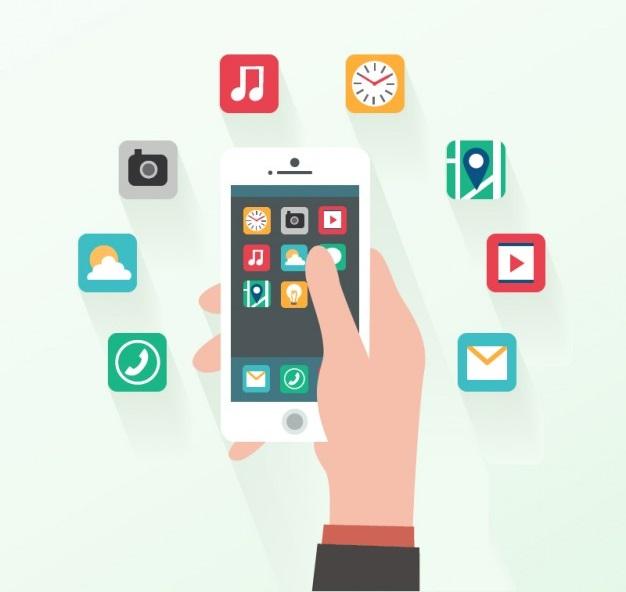Whenever you plan to write iOS apps it is important that overall journey is fast and configurable. That said, iOS offers you XCode to get realistic approach via a seamless development.
To define, XCode is an IDE (integrated development environment) for Apple devices that contains a suite of SDKs to develop software for iOS devices. With a variety of programming tools, XCode supports application’s source code for programming languages like Swift, C, C++, and more.
Since its inception, it has evolved a lot with constant improvements and additions in its offerings at the developer’s end. This article is intended towards XCode 11 launch and its contribution in iOS App development process. Let’s start below:-
- More Intelligent Editor
XCode 11 has come up with a single Code Review button. Amongst every iPhone app development services provider, it has become the most talked-about topic. Gone are the days when developers needed to use pillbox/drop button to switch states between the assistant view, editor view, and author view. It is the most noticeable feature of XCode 11.
Now you can see both Author and Assistant view into a toggle on editor itself. And, the log view is available in the name of History into an inspectors tab. You can say that Editor Button options now provide you a context-sensitive editor where you have the option to choose between Editor and Canvas, Editor only, and Editor & Assistant.
Additionally, now you can open Multiple Editors in any odds and ends of vertical & horizontal configurations. Every individual editor on your screen will have its Editor options to customize its view. You will also find a mini-map for each editor in the top right corner to get a stylized overview of code’s shape.
- Reach Out to New Devices
When you develop your iOS application with XCode 11, it will become native on all Apple platforms. Your app will automatically take advantage of user experiences of every Apple platform like Mac, etc. along with a proven set of technologies, and controls.
You can easily share common UI code across all Apple’s platforms to provide a customized experience for each operating system. You can use its SwiftUI views with objects from AppKit, UIKit & WatchKit frameworks to acquire platform-specific functionality.
- SwiftUI as a Framework
XCode 11 covers SwiftUI that provides you with controls, views, and layout structures to declare your app’s UI. The design tools for constructing or editing user interface, easily editable by hand.
With XCode 11’s SwiftUI, you can experience the live changes directly in design canvas or you can even run the app on a linked device. SwiftUI requires macOS 10.15, iOS 13, watchOS 6, iPadOS 13, or tvOS 13.
To use SwiftUI design canvas, XCode must be running on macOS 10.15. During the App development project setup, you need to select ‘Use SwiftUI’.
- Port iPad App to a native Mac App
With XCode 11, it is incredibly easy to port your existing iPad app into a native Mac app. This way both apps will share the same source code and project. You can also use XCode 11 interface builder to customize iPad application interface for Mac.
That means we can efficiently convert desktop-class features of your iPad app, and add more for Mac. Along with this, the beta version of XCode 11 helps you to streamline the code base on Mac platform.
FINAL WORDS
iOS is a wonderful platform to start building your business apps. It helps you to reach a huge client base efficiently. Talking about XCode 11 of iOS, it allows you to write simpler code through a declarative Swift syntax (an easy and clear way to state your UI interface).
From designing tools to instant Live mode of your iOS app, everything is achievable with this latest version. If you have any custom app development needs and are looking for XCode 11 adoption, you can contact a team of experts who can help you come out with appropriate options.
At last, I am being hopeful that you find this article informative in regards to your business endeavors. For any query or concern, you can contact me anytime.












No Comments